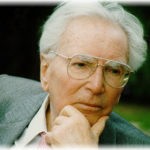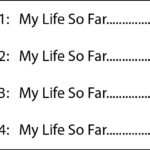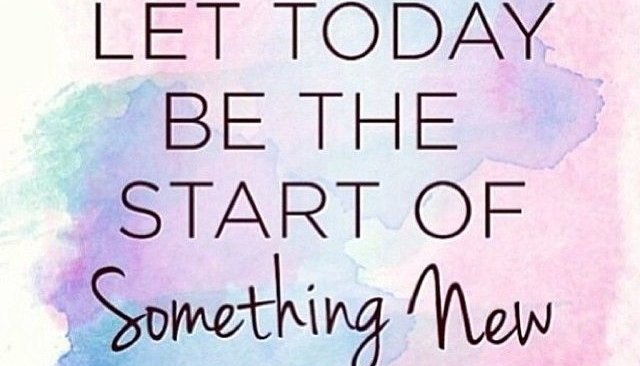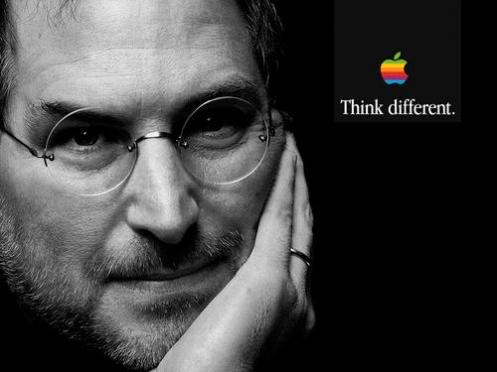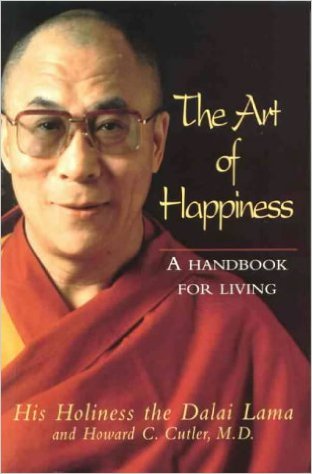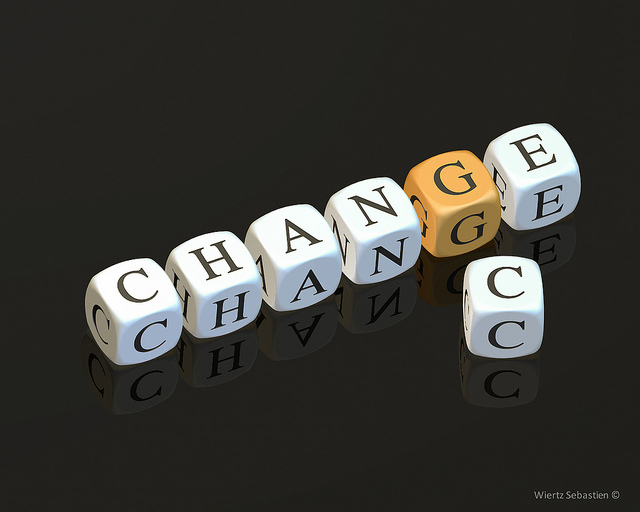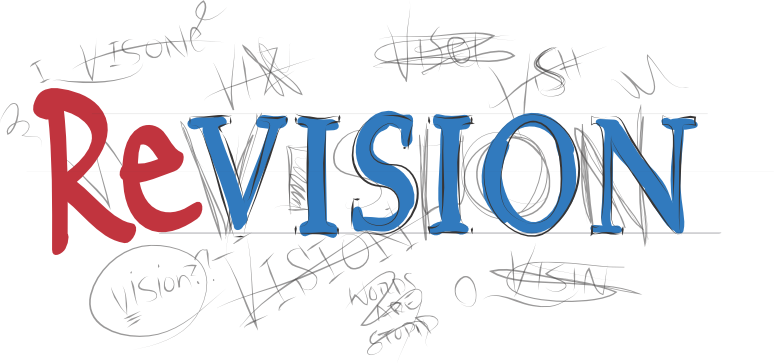“Be the flame, not the moth.”
—Giacomo Casanova, 18th Century Italian Writer / Adventurer

Image from Lthomason.wordpress.com
The term Casanova is synonymous with a man who attracts and seduces women, which of course, is not the purpose of today’s post!
My focus is on our attraction—and perhaps a bit of seduction—to and by the thoughts and ideas we come across as we go through our day.
It has become increasingly difficult, in our over-communicative world, to build a fire big enough, lasting long enough, to attract those we wish to engage in our efforts and enterprises.
In my former life as a science teacher, I showed my students how a single flame can change color based on adding chemical elements to the solution in the jar. When copper burns, for example, the flame is green. Sodium turns the flame bright yellow.
EXERCISE:
How can you add your unique elements into your flame to attract even more interest in what you have to offer the world?


